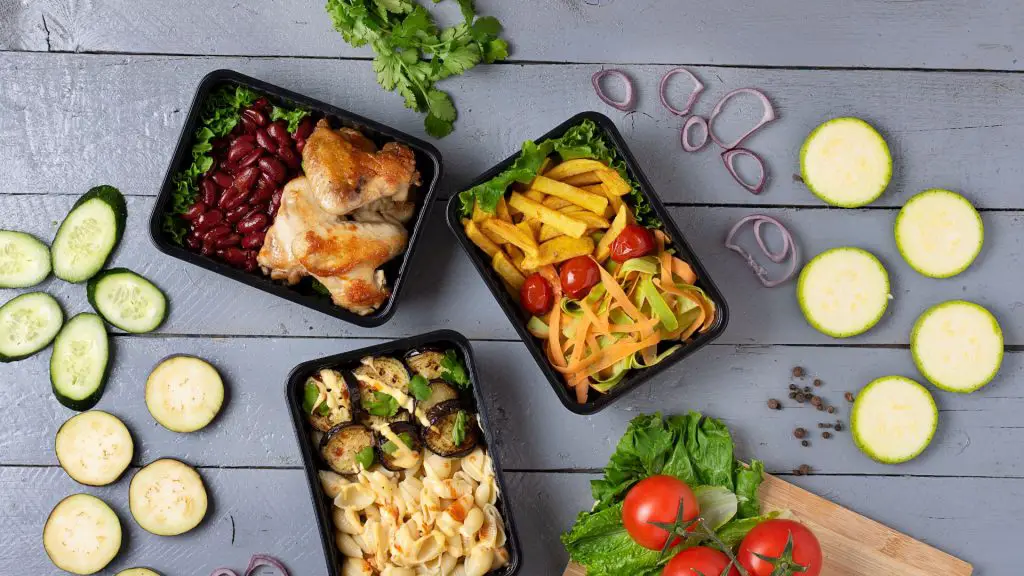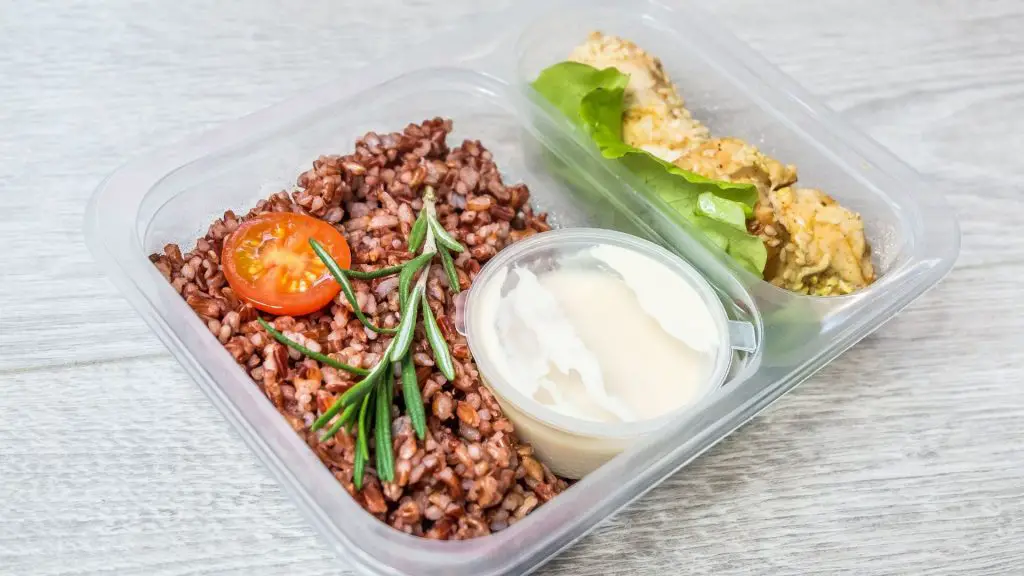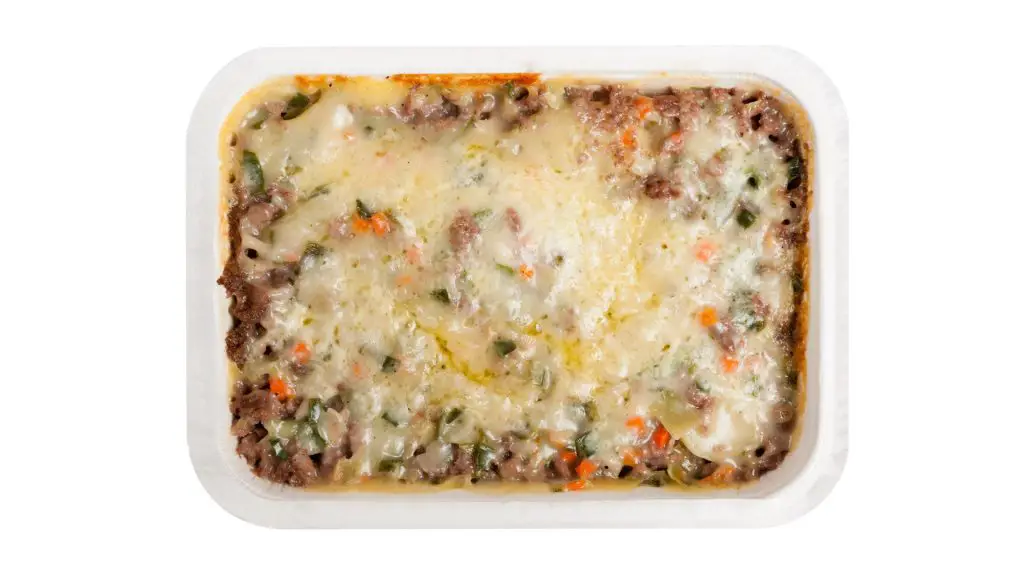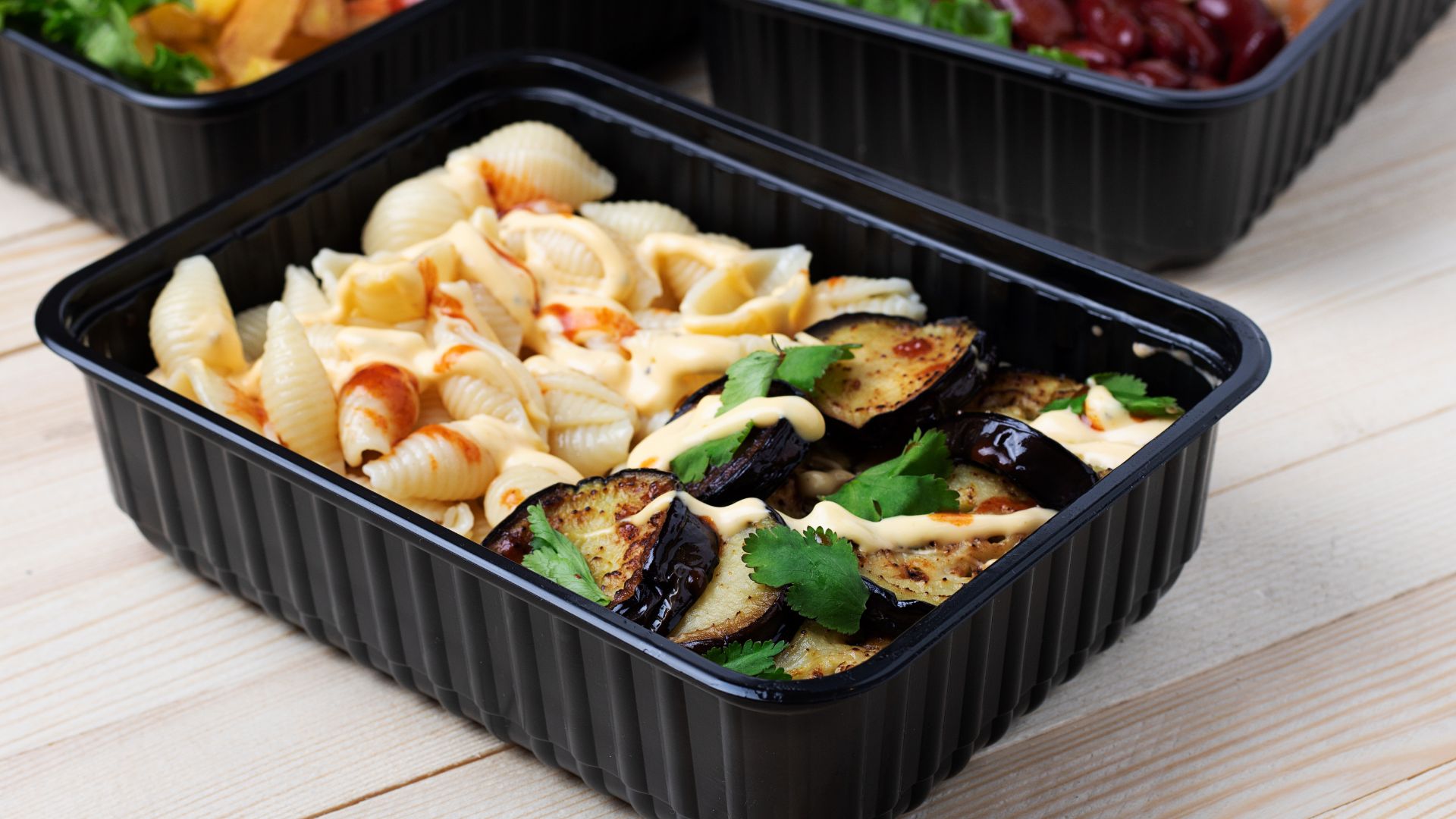When you’re in a hurry or don’t want to cook, ready-to-eat foods (ready-eat meals) like yogurt, cereal, sandwiches, and packed salads are convenient because they don’t need additional preparations. However, properly storing these foods can mean the difference between a mild case of food poisoning and a severe one.
So how should you store ready-to-eat food? Should it be frozen or refrigerated, covered in aluminum foil, or packaged in plastic bags? Keep reading to learn more!

About Read-To-Eat Meals
Ready-to-eat foods are those that have been prepared to the point where they can be enjoyed right away, without any further preparation. These foods can be served cold, hot, shelf-stable, or require only mild heating.
Foods that are prepared and ready to eat must follow specific instructions to prevent contamination or the growth of bacteria after preparation.
Did you know that North America holds the major share of the ready-to-eat food market?
Here is a guide on ready-to-eat foods and how to store them properly:
1. Baked Goods
A baked item that is served at room temperature or frozen and may be consumed immediately or with little heating is considered to be ready to eat.
The main concern regarding food safety is ensuring that it is not contaminated after it has already been heated to a temperature that would kill microorganisms. Strict regulations apply to properly handling food, including using hand sanitizer, gloves, and sanitized serving utensils.
2. Meat and Animal Products
Any meat or meat products that are deemed ready to eat don’t need to be cooked further to be eaten safely. Cheese, which can be served in a variety of forms, including sliced, whole, or cubed, is an example of an animal product that is refrigerated and ready to consume.
To stop bacteria from growing after cooking, the meal must be stored at temperatures considered appropriate for cooked meats, such as pre-cooked chicken. Meat items must be stored at 41℉ (5℃) or lower to keep them safe for eating if they are left unattended for more than a few hours.
3. Shelf-Stable Foods
Foods that are shelf-stable and ready to eat can be kept at room temperature without the risk of contamination. Dry foods and canned foods like tuna fish are among them.
Cereals, chips, crackers, nut mixes, and sweets are examples of ready-to-eat dry products. Since these items are shelf-stable, refrigeration is not necessary to keep the meal fresh.
Interesting Fact: Crackers have holes in them for a reason. It prevents air bubbles from ruining them.
Although they are occasionally heated before serving, canned goods like tomato sauce and tuna can be consumed straight out of the can. All canned goods need to be kept between 50℉ to 70℉ (10℃ to 20℃) to stay safe for eating.
Top Tips on Storing Ready-to-Eat Food

Well, every innovation that hits the food market carries with it a brand-new set of challenging issues. Food gets bad or doesn’t stay the same due to common problems with refrigeration and storage.
I’ll talk about some of the most typical issues with food storage in this section. Additionally, I’ll offer some useful tips focused on options that will enable you to keep food fresher for extended periods without having to worry about it going bad.
Let’s dive in!
1. Wrap Your Food
One of the most effective and extensively utilized methods of food storage is wrapping or covering. Travelers who are unable to bring any other food storage with them should use this strategy.
The basic goal of food storage is to keep the food moist while keeping the air out of it. By wrapping the food, you can keep the moisture within while also ensuring that it stays fresh for a long time.
So what kind of material is best for food packaging? Well, there are lots of food wrappers on the market right now. The finest material for wrapping and storing food when traveling is aluminum foil. The best solutions for freezers are freezer storage bags, plastic wraps, and freezer paper with a plastic covering.
2. Freezer Burns
The food’s surface dries off a while after freezing, a process known as freezer burns. There is a good chance that your food will acquire freezer burns if you don’t cover it before putting it in the freezer. As a result, food becomes dehydrated, and the dehydrated area impairs the quality by making it dry and flavorless.
Freezer burns occur when food is exposed to air due to inadequate coverage. It can also be caused by leaky plastic bags. Foods with freezer burns have dry, brownish-gray patches on them. However, it spoils the food to the point where it can no longer be consumed.
Therefore, I strongly advise you to cover your ready-to-eat food before putting it in the freezer.
3. Storing Cooked Poultry and Meat
The toughest foods to store are meat and poultry. It’s crucial to preserve moisture because cooked meat has a higher moisture content than raw meat.
The best method for storing cooked meat and poultry is to wrap it securely in plastic wrap or aluminum foil or to store it in a plastic container. Before wrapping, make sure to debone the meat and keep it in bigger chunks. You should also ensure the food is sealed off the air. After wrapping, store the food right away at 0℉ (-17℃).
4. Type of Meats That Can Be Frozen
Almost all types of meat are freezer-friendly. Sometimes people wonder if tenderized meat can be frozen. Yes, meat can be frozen because tenderizing happens as it cooks and not while it’s stored.
But you can’t keep or freeze canned meat for the following reasons:
- The majority of canned foods include liquids, making the can’s seal vulnerable to breaking while freezing.
- Items in the can have moisture on top.
Hence, canned food doesn’t need to be stored because it has already been preserved. It can be kept in a cold area, on a shelf, or in a refrigerator set to a regular cooling mode.
5. Freezing Time
Freezing time is a typical issue with food storage. There is no time limit for how long you should keep goods in the refrigerator or freezer. However, dehydration can cause food to lose some of its flavors.
The food flavor can be preserved for a long time by properly wrapping and storing it. Food can stay fresh for a long time if it is covered appropriately.
Wrapping Up

You now know how to store ready-to-eat food. You can save cooked and uncooked food for future eating by using any of the aforementioned storage techniques. The best places to store food are refrigerators and freezers; if the food is wrapped properly, it will remain fresh for a long time.
You don’t need to worry because all the food storage options discussed above are perfectly safe and hygienic, allowing you to eat whenever you want without risking your health.
